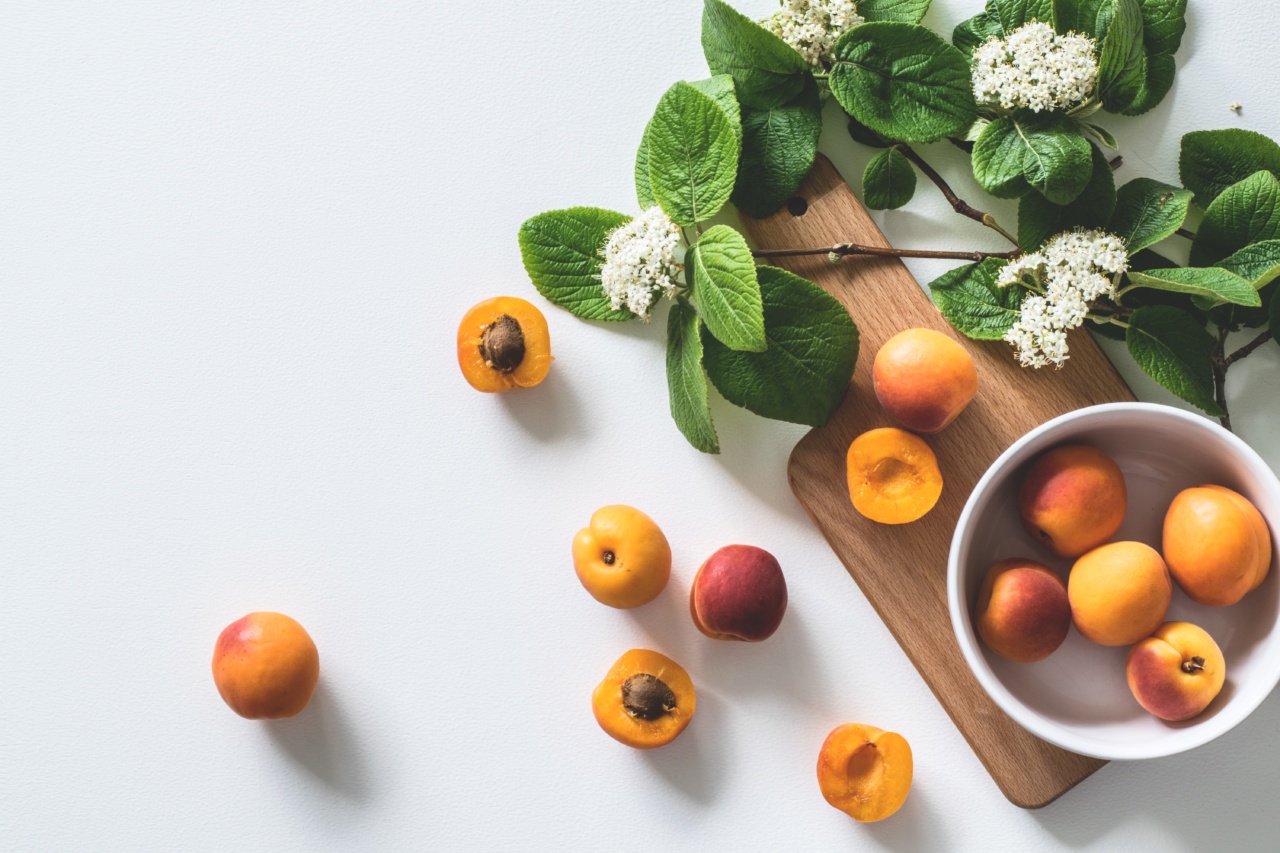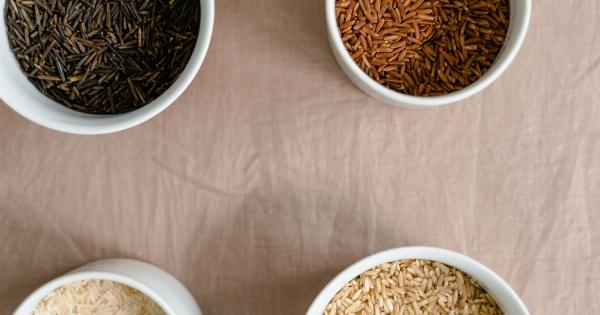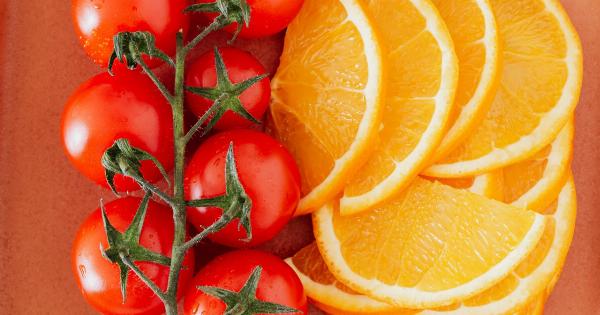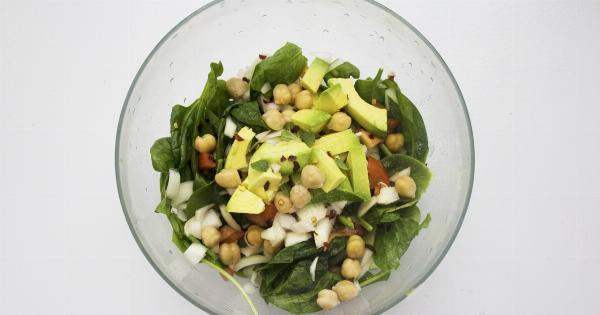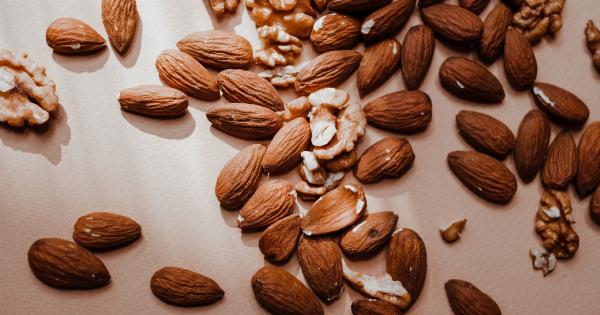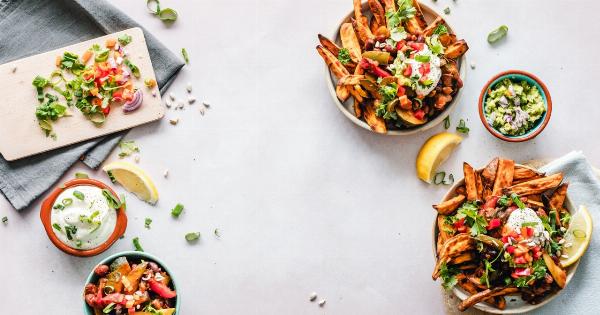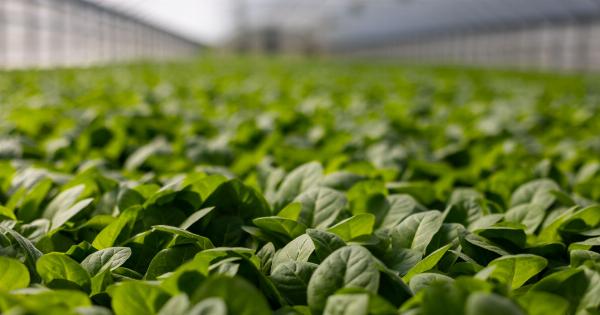Fruits and vegetables are not only delicious, but they are also packed with essential vitamins and minerals that are vital for maintaining good health.
However, did you know that the way you handle and store your produce can significantly affect its nutritional value? Yes, that’s right! Incorrect handling techniques can cause fruits and vegetables to lose their precious vitamins over time. Therefore, it is crucial to understand the importance of proper fruit and vegetable handling to retain their vitamins and reap the maximum nutritional benefits they offer.
Understanding Vitamin Retention
Before delving into the significance of proper handling, let’s first understand what vitamin retention means.
Vitamin retention refers to the ability of fruits and vegetables to maintain their vitamin content throughout storage, preparation, and cooking processes. Vitamins, such as vitamin C, B vitamins, and vitamin A, are sensitive to heat, light, and air exposure. They can easily degrade and be lost when exposed to unfavorable conditions.
The Role of Vitamins in Our Health
Vitamins play a crucial role in our overall health and well-being. They help support our immune system, promote proper cell function, aid in energy production, and contribute to various essential bodily processes.
For instance, vitamin C is well-known for its immune-boosting properties and its ability to promote collagen production for healthy skin. Likewise, vitamin A is essential for maintaining good vision and supporting the health of our skin, while B vitamins help in converting food into energy.
Factors Affecting Vitamin Retention
Several factors can affect the retention of vitamins in fruits and vegetables. Let’s take a look at some common culprits:.
1. Storage Conditions
How you store your fruits and vegetables can significantly impact their vitamin content. Exposure to light and air can lead to vitamin degradation.
It is best to store fresh produce in a cool, dark place or in the refrigerator to extend their shelf life and preserve their nutritional value.
2. Temperature
Temperature fluctuations can also affect vitamin retention. High heat, such as cooking at high temperatures or prolonged exposure to sunlight, can cause vitamins to break down and diminish.
Opting for gentle cooking methods like steaming or roasting at moderate temperatures can help retain more vitamins.
3. Duration of Storage
The longer fruits and vegetables are stored, the more vitamins they may lose. Over time, vitamins gradually degrade, especially when exposed to unfavorable conditions.
It’s essential to consume fresh produce within a reasonable timeframe and prioritize using them before they start to spoil.
4. Preparation Techniques
Improper preparation techniques can lead to significant vitamin loss. Peeling off the skin or overcooking vegetables can result in the loss of water-soluble vitamins like vitamin C and B vitamins.
It is advisable to adopt methods like steaming or lightly sautéing to minimize vitamin depletion during preparation.
5. Soil Quality and Farming Practices
The quality of the soil and farming practices also impact the nutritional value of fruits and vegetables.
Plants derive their nutrients from the soil, so if the soil lacks essential minerals, the produce may be deficient in vitamins and minerals as well. Organic farming methods and nutrient-rich soils can help produce more nutrient-dense fruits and vegetables.
Benefits of Proper Fruit and Vegetable Handling
Now that we understand the factors that affect vitamin retention, let’s explore the benefits of proper fruit and vegetable handling:.
1. Maximizes Nutritional Value
Handling fruits and vegetables properly helps ensure that they retain their maximum nutritional value.
By adopting appropriate storage, cooking, and preparation techniques, you can preserve the vitamins and minerals present in your produce, allowing you to enjoy their full health benefits.
2. Enhances Flavor and Texture
Proper handling techniques also contribute to improved flavor and texture. Fresh, properly handled fruits and vegetables tend to be more flavorful and have a better texture compared to produce that has been mishandled.
By maintaining their quality, you can savor the natural tastes and textures of your favorite fruits and vegetables.
3. Avoids Food Waste
When you handle your fruits and vegetables correctly, their shelf life is extended, reducing the chances of spoilage and food waste. This not only helps you save money but also minimizes the environmental impact associated with food waste.
By maximizing the usage of your produce, you promote sustainability and reduce your carbon footprint.
4. Supports a Healthy Lifestyle
Consuming a variety of fresh fruits and vegetables is an integral part of a healthy lifestyle.
By preserving the nutritional value of your produce through proper handling, you can ensure that you are getting the necessary vitamins, minerals, and antioxidants that support your overall health and well-being.
Proper Fruit and Vegetable Handling Techniques
Now that we’ve emphasized the importance of proper handling, let’s dive into some practical tips to help retain the vitamins in your fruits and vegetables:.
1. Purchase Fresh Produce
Start with fresh produce. Choose fruits and vegetables that are firm, brightly colored, and free from any signs of decay or damage. Fresh produce naturally contains higher levels of vitamins, so selecting ripe and healthy options is a key first step.
2. Store Properly
Store your fruits and vegetables properly to maintain their vitamin content. Most fruits can be stored at room temperature until they are ripe and then transferred to the refrigerator.
Vegetables, on the other hand, generally benefit from refrigeration to slow down vitamin degradation.
3. Minimize Washing
While it’s essential to wash your fruits and vegetables before consumption to remove any dirt and bacteria, excessive washing can lead to nutrient loss.
To minimize this, wash them just before use and refrain from soaking them for extended periods.
4. Use Suitable Cooking Techniques
Opt for cooking techniques that retain the most vitamins. Steaming and sautéing are excellent options as they use minimal water and reduce the exposure of produce to high heat.
Microwaving, roasting, and stir-frying are other gentle methods that help retain nutrients.
5. Store Cut Produce Properly
When you cut fruits and vegetables, they become more susceptible to vitamin loss due to increased exposure to air. Store cut produce in airtight containers or wrap them tightly in plastic to minimize contact with air and slow down oxidation.
Conclusion
Proper fruit and vegetable handling is vital for maximum vitamin retention. By understanding the factors that affect vitamin degradation and adopting appropriate handling techniques, you can preserve the nutritional value of your produce.
Not only does this ensure that you enjoy the full health benefits of your favorite fruits and vegetables, but it also contributes to minimizing food waste and promotes a sustainable lifestyle.
